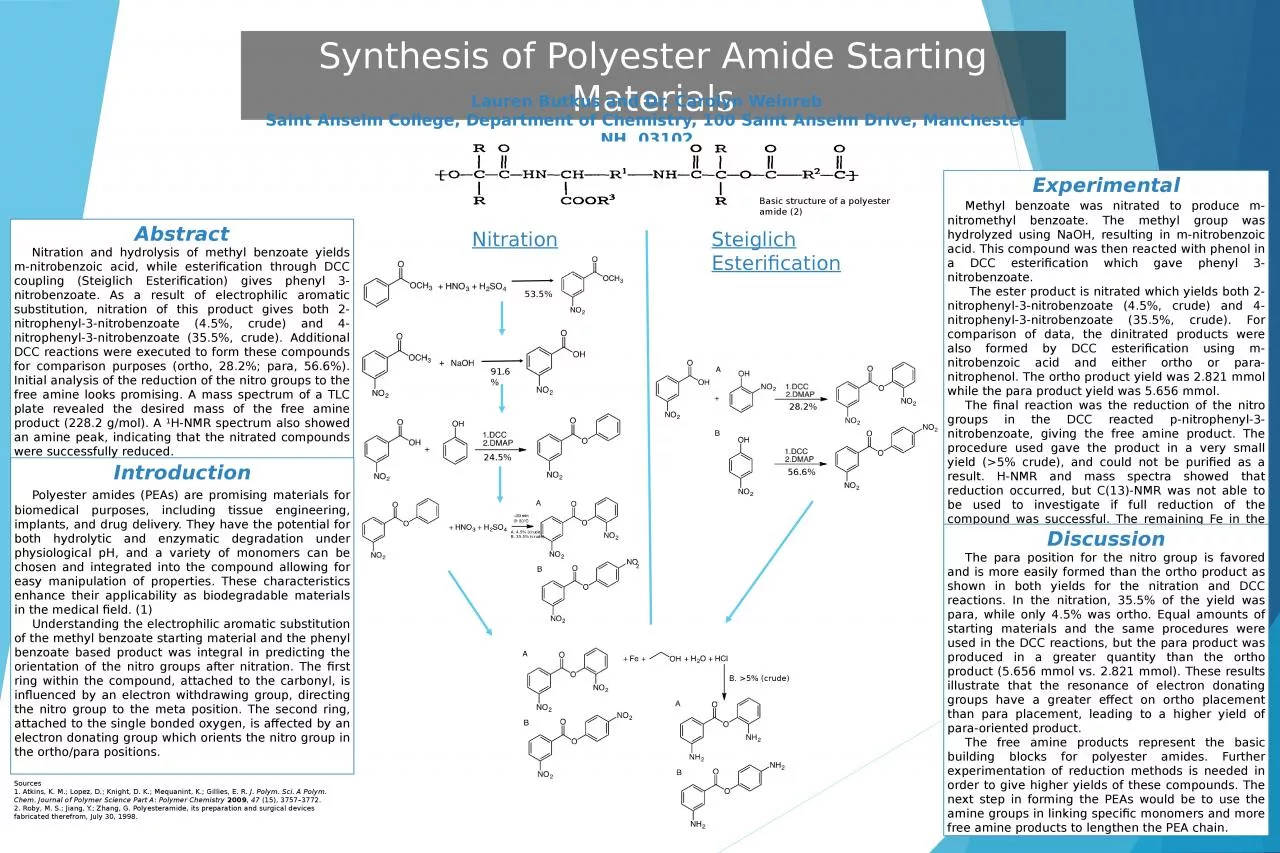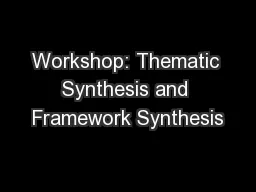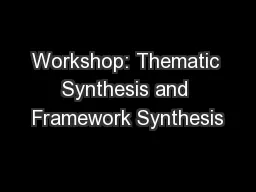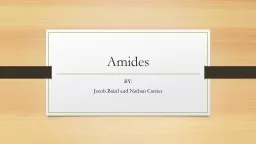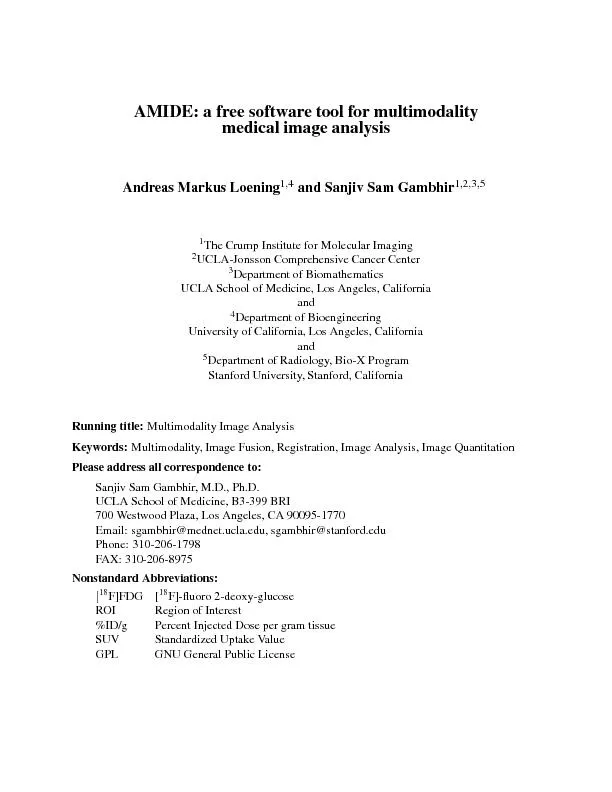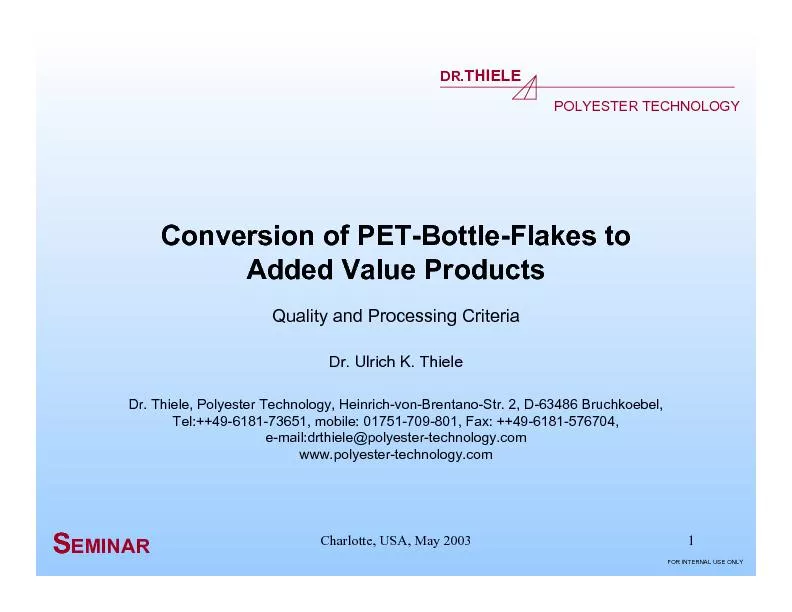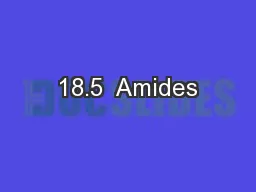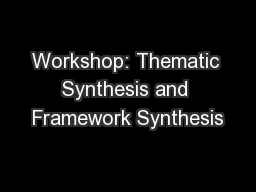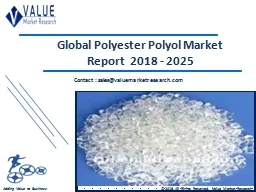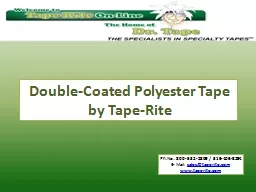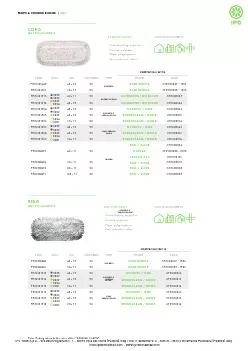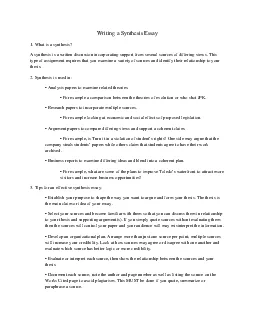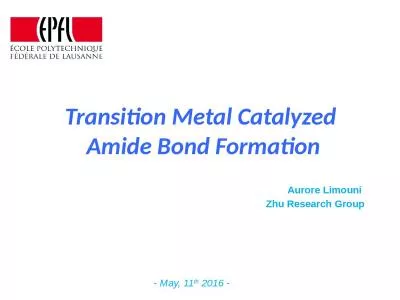PPT-Synthesis of Polyester Amide Starting Materials
Author : eleanor | Published Date : 2023-11-23
Abstract Nitration and hydrolysis of methyl benzoate yields mnitrobenzoic acid while esterification through DCC coupling Steiglich Esterification gives phenyl 3nitrobenzoate
Presentation Embed Code
Download Presentation
Download Presentation The PPT/PDF document "Synthesis of Polyester Amide Starting Ma..." is the property of its rightful owner. Permission is granted to download and print the materials on this website for personal, non-commercial use only, and to display it on your personal computer provided you do not modify the materials and that you retain all copyright notices contained in the materials. By downloading content from our website, you accept the terms of this agreement.
Synthesis of Polyester Amide Starting Materials: Transcript
Download Rules Of Document
"Synthesis of Polyester Amide Starting Materials"The content belongs to its owner. You may download and print it for personal use, without modification, and keep all copyright notices. By downloading, you agree to these terms.
Related Documents

